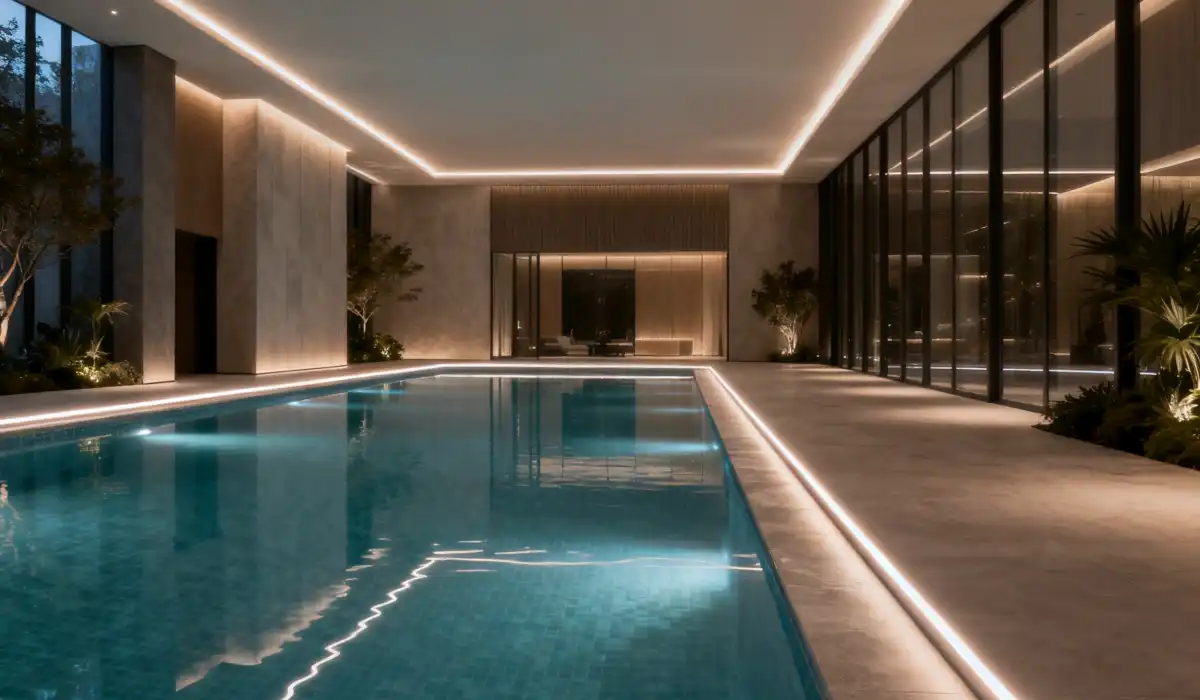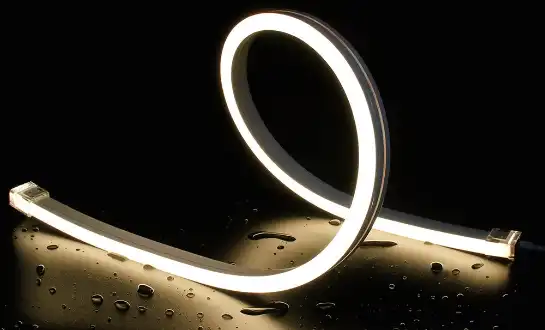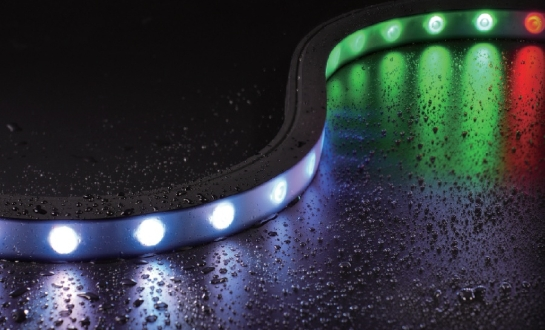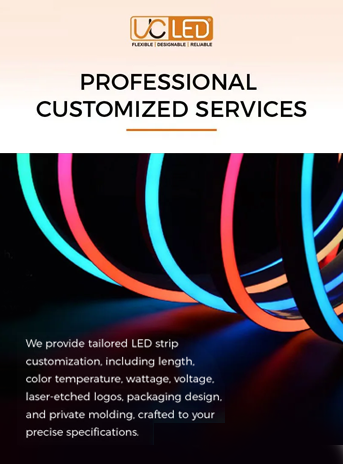Understanding IP Ratings and Their Importance for Swimming Pool LED Neon Flex
IP ratings, or Ingress Protection ratings, play a pivotal role in determining the suitability of LED Neon Flex for use near water. These ratings indicate the level of protection a product has against solid objects and liquids. For Swimming Pool LED Neon Flex, understanding these ratings is crucial to ensure safety and longevity of the installation.
Decoding IP Ratings for Waterproof LED Neon Flex
IP ratings consist of two digits. The first digit represents protection against solid objects, while the second indicates water resistance. For Swimming Pool LED Neon Flex, we're primarily concerned with the second digit. Here's a brief overview:
- IP65: Protected against low-pressure water jets from any direction
- IP66: Protected against high-pressure water jets from any direction
- IP67: Protected against immersion in water up to 1 meter for 30 minutes
- IP68: Protected against continuous submersion in water
For pool and water feature applications, selecting LED Neon Flex with an IP67 or IP68 rating is highly recommended. These high ingress protection levels guarantee that the lighting can resist water exposure, whether from accidental splashes, humidity, or even temporary submersion, without risking electrical failure or reduced performance.
This ensures safe operation around wet environments while maintaining consistent illumination and vibrant color output. Using IP67 or IP68-rated LED Neon Flex provides peace of mind for both residential and commercial pool installations, combining durability, safety, and long-lasting visual appeal in aquatic settings.
The Impact of IP Ratings on Swimming Pool LED Neon Flex Performance
Choosing the appropriate IP rating for your Swimming Pool LED Neon Flex installation is not just about safety; it also affects performance and longevity. Higher IP-rated products often feature superior sealing techniques and materials, which can contribute to:
- Enhanced durability in humid environments
- Improved resistance to corrosion from pool chemicals
- Longer lifespan due to better protection against water ingress
- Consistent light output even in wet conditions
By investing in properly rated Swimming Pool LED Neon Flex, you are ensuring both safety and reliability in your aquatic environment. The correct IP-rated lighting protects against water ingress, reducing the risk of electrical hazards, while also preserving the integrity of the LEDs over time. This investment guarantees a durable, high-quality, and long-lasting lighting solution that maintains vibrant colors and consistent illumination, enhancing the ambiance and visual appeal of your pool or water feature for years to come.

Electrical Safety Measures for LED Neon Flex in Wet Environments
Ensuring electrical safety is paramount when installing Swimming Pool LED Neon Flex or any lighting near water. The combination of electricity and water can pose significant risks if proper precautions are not taken. Let's explore the essential electrical safety measures that should be implemented to create a secure environment for your LED Neon Flex installation.
Low-Voltage Systems and Their Benefits
One of the most effective ways to enhance safety in wet environments is by using low-voltage systems for your Swimming Pool LED Neon Flex. These systems typically operate at 12V or 24V, significantly reducing the risk of electric shock compared to high-voltage alternatives. The benefits of low-voltage systems include:
- Reduced risk of electrical injuries
- Easier installation and maintenance
- Improved energy efficiency
- Compatibility with a wide range of LED Neon Flex products
When selecting a power supply for your Swimming Pool LED Neon Flex, ensure it's rated for outdoor use and has the appropriate IP rating to withstand the humid pool environment.
The Crucial Role of GFCI Protection
Ground Fault Circuit Interrupters (GFCIs) are indispensable safety devices for any electrical installation near water, including Swimming Pool LED Neon Flex. GFCIs monitor the flow of electricity in a circuit and quickly shut off power if they detect any imbalance, which could indicate a ground fault or electrical leakage. Here's why GFCI protection is crucial:
- Rapid response to potential electrical hazards
- Prevention of electric shock and electrocution
- Compliance with electrical safety codes and regulations
- Added peace of mind for pool owners and users
Install GFCI protection at the circuit breaker level or use GFCI-equipped outlets for your Swimming Pool LED Neon Flex power supplies. Regular testing of GFCI devices is essential to ensure they're functioning correctly.
Installation Best Practices for Swimming Pool LED Neon Flex
Proper installation of Swimming Pool LED Neon Flex is crucial for both safety and optimal performance. Following best practices not only ensures a secure setup but also enhances the longevity and visual impact of your lighting. Let's delve into some key installation considerations for your aquatic LED Neon Flex project.
Secure Mounting and Positioning Techniques
When installing Swimming Pool LED Neon Flex, the mounting method plays a significant role in both safety and aesthetics. Consider these techniques:
- Use marine-grade stainless steel or non-corrosive mounting clips
- Ensure even spacing to prevent sagging or stress on the LED strip
- Avoid sharp bends that could damage the internal components
- Position the LED Neon Flex away from direct water jets or high-splash areas
Additionally, consider the visual effect you want to achieve. Recessed channels can create a sleek, integrated look, while surface-mounted options offer flexibility for future adjustments.
Proper Sealing and Connection Methods
The integrity of connections and seals is paramount in wet environments. For Swimming Pool LED Neon Flex installations, pay special attention to:
- Using waterproof connectors rated for submersion
- Applying silicone sealant to all connection points
- Heat-shrink tubing for added protection against moisture ingress
- Routing cables and connections away from areas prone to standing water
Remember, a single weak point in your installation can compromise the entire system. Take the time to ensure each connection is properly sealed and protected.
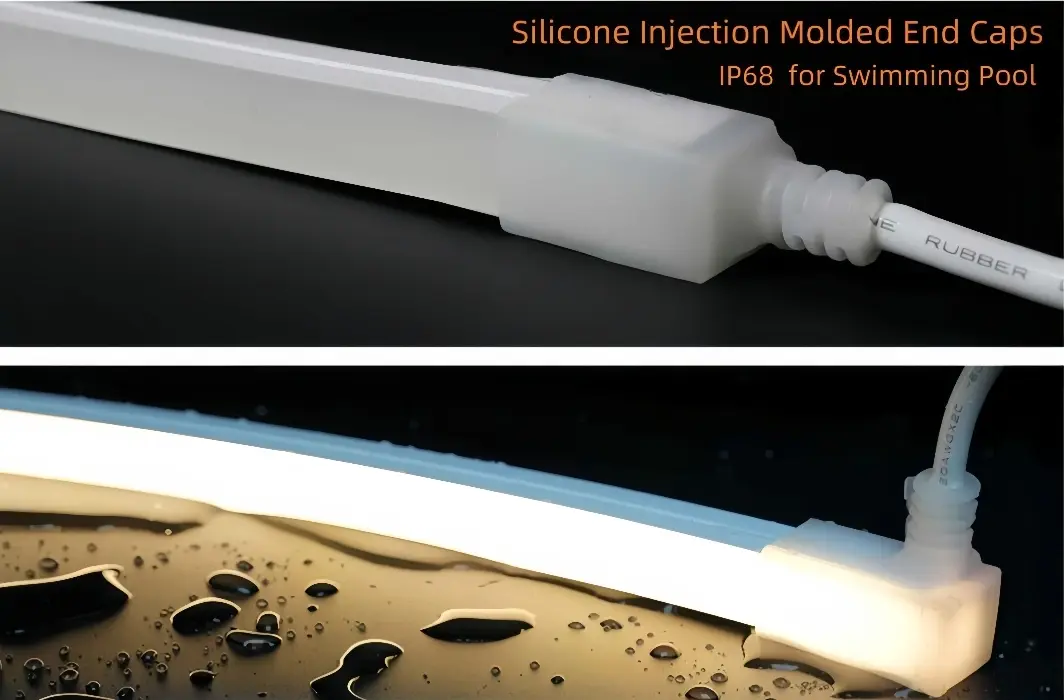
Regular Maintenance and Inspection Routines
Even with the best installation practices, ongoing maintenance is essential for the safety and longevity of your Swimming Pool LED Neon Flex. Establish a regular inspection routine that includes:
- Checking for any signs of water ingress or corrosion
- Inspecting seals and connections for degradation
- Testing GFCI devices to ensure proper operation
- Cleaning the LED Neon Flex to prevent buildup of pool chemicals or debris
By implementing these installation best practices and maintaining a vigilant inspection routine, you can ensure your Swimming Pool LED Neon Flex remains safe, beautiful, and functional for years to come.
Conclusion
In conclusion, the integration of LED Neon Flex in swimming pool environments offers a stunning visual enhancement, but it requires careful consideration of safety measures. By understanding IP ratings, implementing proper electrical safeguards, and following installation best practices, you can create a breathtaking and secure aquatic lighting display. When seeking Swimming Pool LED Neon Flex solutions, it's crucial to partner with a reputable LED strip light manufacturer or supplier who prioritizes safety and quality. Look for suppliers offering UL and CE certified products, ensuring compliance with international safety standards. By choosing a trusted LED Neon Flex manufacturer, you can illuminate your pool area with confidence, knowing that your lighting solution is both beautiful and safe.

FAQ
Can LED Neon Flex be used underwater in a swimming pool?
While some LED Neon Flex products are rated for submersion (IP68), it's generally recommended to use them around the pool rather than underwater. Always consult with the manufacturer and follow local regulations.
How often should I inspect my Swimming Pool LED Neon Flex installation?
Regular inspections are crucial. Perform visual checks monthly and a thorough inspection, including testing of GFCI devices, at least twice a year or as recommended by the manufacturer.
Is it safe to install LED Neon Flex myself, or should I hire a professional?
While some DIY enthusiasts may be capable, it's generally safer and more reliable to have a professional electrician install Swimming Pool LED Neon Flex, especially considering the complexities of waterproof installations and electrical safety requirements.
Expert LED Neon Flex Solutions for Swimming Pools | QUAN HE
QUAN HE Lighting Co., Ltd., established in 2015, is a leading manufacturer of premium linear lighting products, including Swimming Pool LED Neon Flex. With our state-of-the-art 5,000m² factory, advanced R&D team, and strict quality control processes, we deliver innovative, safe, and reliable lighting solutions for aquatic environments. Our products are UL, CE, and ROHS certified, ensuring the highest standards of quality and safety. For expert guidance on Swimming Pool LED Neon Flex installations or to explore our customized lighting solutions, contact our dedicated team at Linda@uc-led.com.
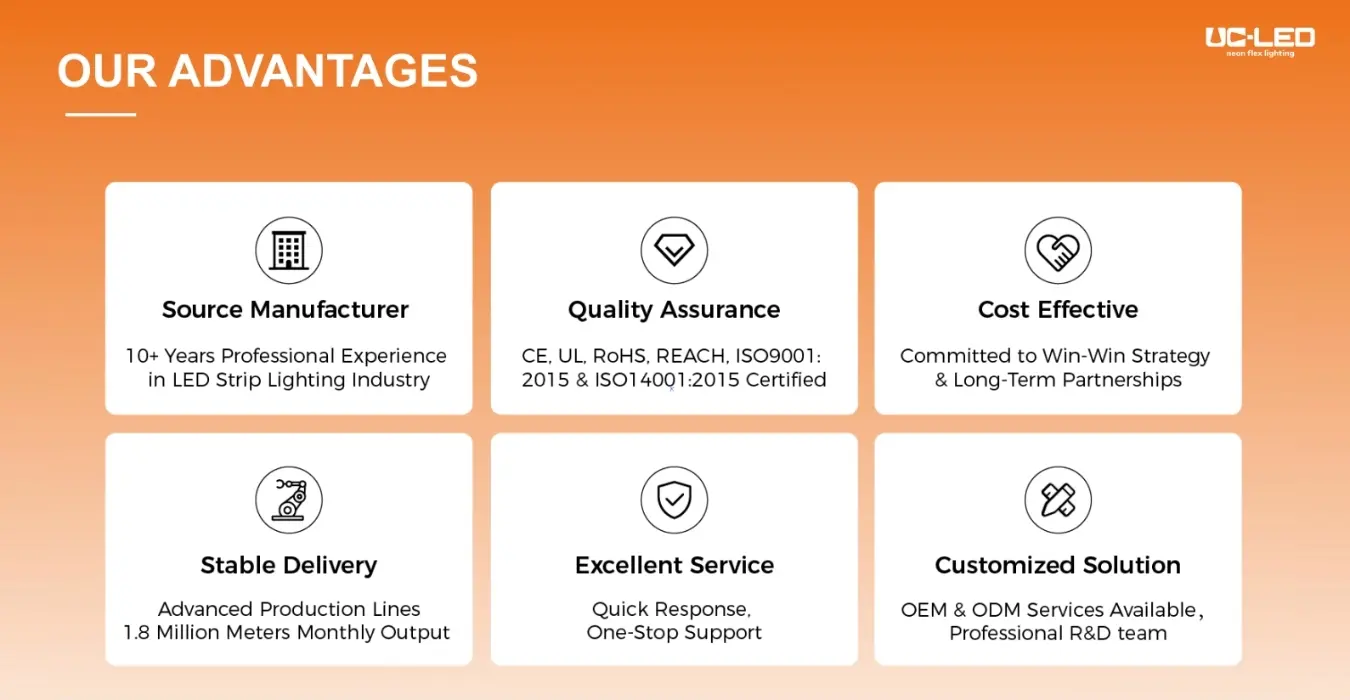
source: LED Light
References
1. National Electrical Code (NEC) 2020 Edition: Guidelines for Electrical Safety in Wet Locations
2. International Electrotechnical Commission (IEC) 60529: Degrees of Protection Provided by Enclosures (IP Code)
3. Illuminating Engineering Society (IES) Handbook: Recommended Practices for Pool and Spa Lighting
4. American National Standards Institute (ANSI): Safety Requirements for Aquatic Facility Lighting
5. Underwriters Laboratories (UL) 676: Standard for Underwater Luminaires and Submersible Junction Boxes
